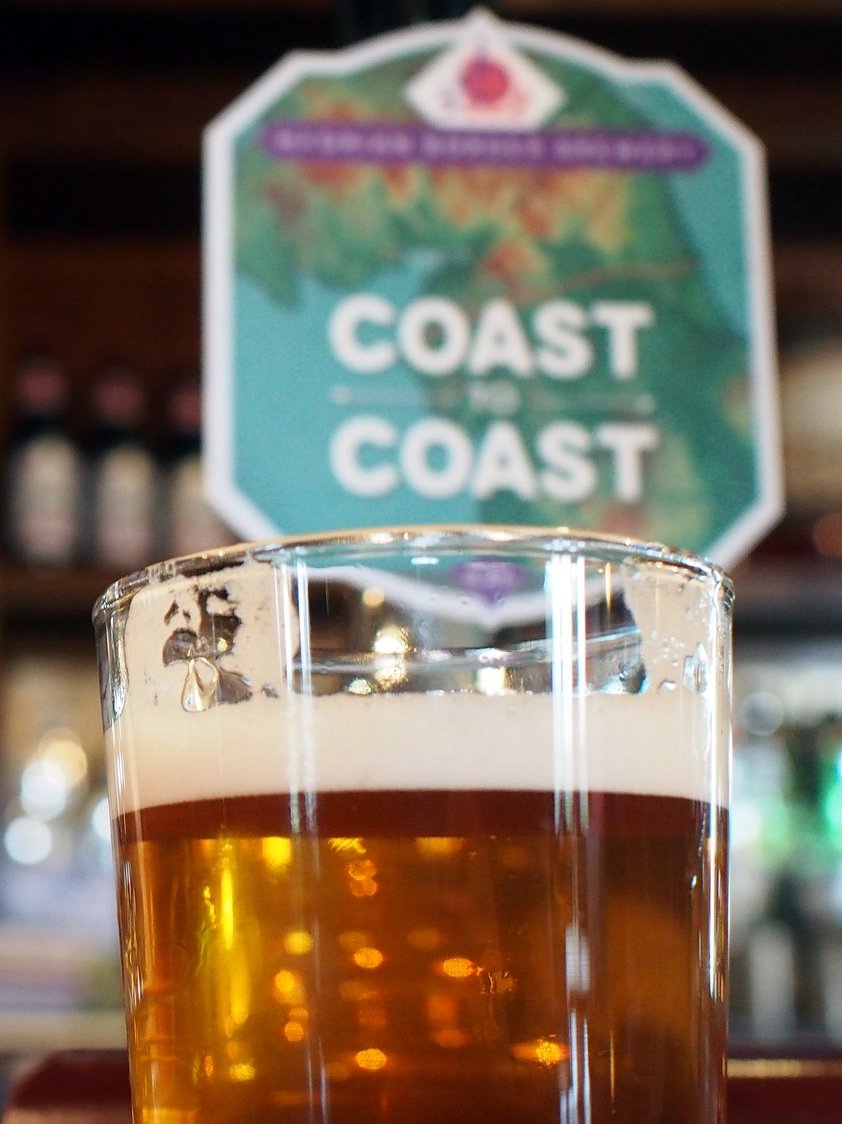Way back when, I explained in general how I use visualisations for personal storytelling. Finally, I have a specific test case that I can share. At the end of August, a very trusting friend agreed to join me for a 95km trail run along Hadrian’s Wall path. It’s considered the best-preserved frontier of the Roman Empire and covers a beautiful stretch of land from coast to coast in North England, just south of the Scottish border. In case you’re curious, we used Contours to organise the trip and they happily took care of booking rooms, recommending daily distances and luggage transfer. I’d highly recommend them! Here’s what I did before, during and after the experience along with the resulting visual.
Before: What information do you think you want to capture? What are the best / most convenient tools to capture that data?
 In this case, I could easily collect the quantitative data I was interested in using Strava. This app can capture distance, time, pace, elevation change among other useful metrics. As an added bonus, it will automatically account for stationary time to adjust the pace and “moving time” accordingly. This means you don’t have to remember to pause the app when you stop to take photos or have a beer (particularly handy on this trip)! The data for each day looks like this:
In this case, I could easily collect the quantitative data I was interested in using Strava. This app can capture distance, time, pace, elevation change among other useful metrics. As an added bonus, it will automatically account for stationary time to adjust the pace and “moving time” accordingly. This means you don’t have to remember to pause the app when you stop to take photos or have a beer (particularly handy on this trip)! The data for each day looks like this:
- Day 1: Heddon-on-the-wall to Wall
- Day 2: Wall to Twice Brewed
- Day 3: Twice Brewed to Walton
- Day 4: Walton to Carlisle
During: Does the data you’re collecting help tell the story of the experience you are currently having? If not, what can you change or improve? What anecdotes do you want to remember and share?
I’d describe my friend as “just the right amount of trouble”, so collecting anecdotes along the way was key. We took a lot of photos, which helped me to track the sequence of events and remember details such as which beers we tried and names of tourist sites. Since our trip was only 4 days, I didn’t keep track of many other details because I wasn’t sure what themes would emerge that I’d want to remember.
After: What does all the data you collected mean? What is the key message that you want to project? What is the clearest way to display that information? What are the right tools to create that visual?
In this context, the route wasn’t particularly complex or important to telling the story. It was basically a straight shot east to west with stops along the way. The distance we covered each day and the amount of time it took to cover that distance was more relevant. As a result, I decided to overlay the route on a schedule to show the relationship. It quickly became obvious that the 3rd day was disproportionately longer than the others as a result of injuries and weather that set us back. That is what lead me to the central theme for the visualisation.
If you grew up in the 1980s, you’re probably familiar with the Maze song Joy and Pain. I decided to use the lyrics, “Joy, and pain, sunshine, and rain”, to highlight what parts of the day we experienced each. Suddenly, the reasons for variations each day are very clear. It tells the story of our journey in a cheeky way, while actually sharing the most important information. Then I layered Roman ruins, highlights and anecdotes onto the visualisation. Let me know what you think:
Tools. Below is a list of tools I used to capture data and generate this visual:
- Exercise data from Strava
- Weather data from Weather Underground (and photographic evidence)
- Vector-based drawings with Adobe Illustrator
- Personalized handwriting using My Script Font

